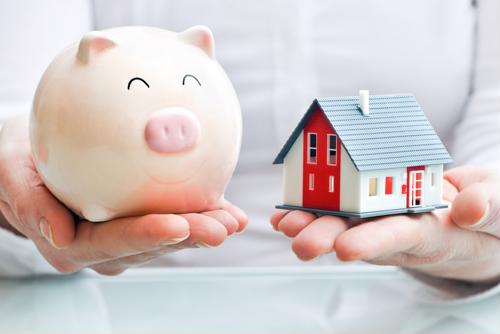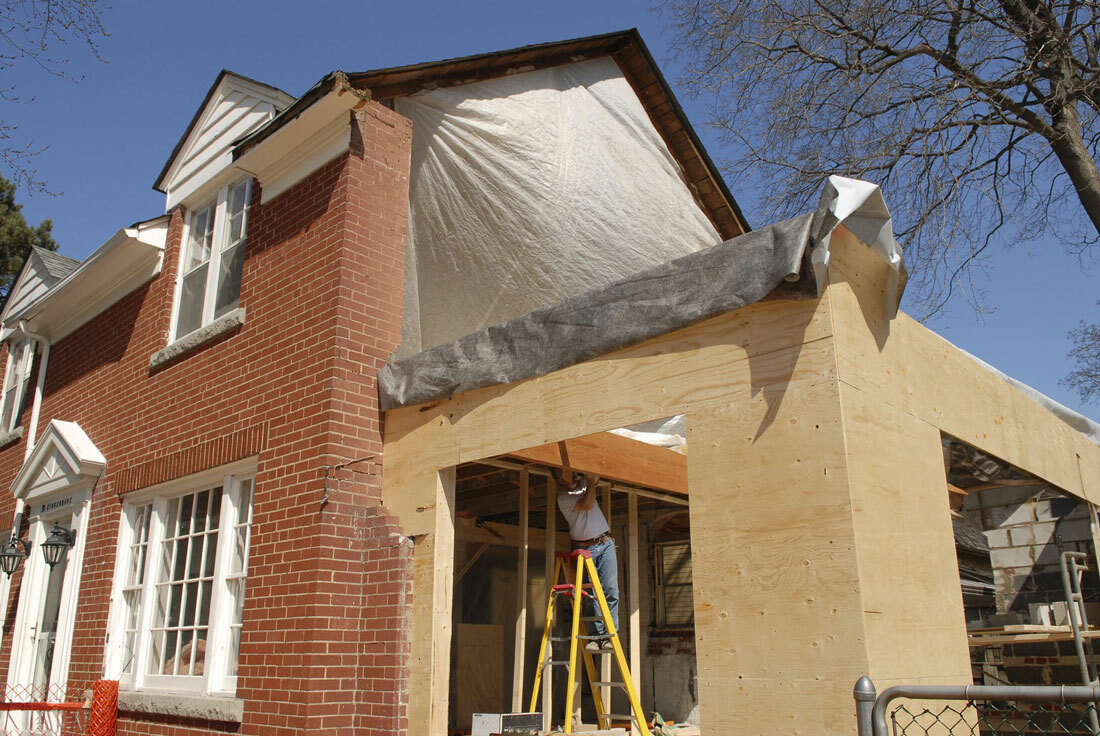
Refinancing your home simply means replacing your current mortgage with another one. You’re using a new loan to pay off the old one.
There are many good reasons to do this. There are also plenty of bad ones. Knowing the difference can help you make wise financial decisions with your home.
Good: If you’ll get a lower rate
Refinancing your home in order to get a lower rate on your mortgage is typically a smart move. A lower rate may save you a lot of money in the long run.
A survey conducted by Bankrate found that 27% of homeowners don’t know their current mortgage rate. If you’re in this group, reach out to your mortgage banker to talk about your current interest rate and refinancing options.
Bad: If you’ll get a longer term
Refinancing won’t just come with a new rate; it may also come with a new term. This means you’ll increase the number of months for which you’ll pay off the loan. In the short term, this may be an attractive option because it’ll typically lower your monthly payment.
However, it also increases the amount of time you’ll have this debt, and will probably increase the amount you’ll pay over time.
Good: If you’ll use the money for home renovations
If you’ve paid off any portion of your mortgage, you own some of your home’s equity, which is the difference between the amount you still owe on the house and its actual value.
You can exchange a portion of your home equity for cash with a cash-out refinance. Your home is an asset, and home renovations are a good way to increase its value. If you need money upfront to make improvements to your home, this may be a smart way to get the funds you need to get started.
Bad: If you’ll use the money to buy a new home
If you plan to sell your home, it’s best to maintain as much equity as you can. This will give you the biggest payout when someone buys it.
In this situation, a cash-out refinance will likely put you at a disadvantage, even if you use the money to buy a new home. Before you decide to refinance your home, calculate how long it’ll take you to recoup the costs associated with it. If you intend on moving out before that period of time is over, consider other options to get the cash you need.
Good: If you’ll eliminate private mortgage insurance
Many home lenders charge private mortgage insurance when a buyer makes a down payment that’s lower than 20%. PMI is an added expense that you’ll pay for several years if the original loan is in place.
Here’s a secret about PMI: You don’t have to pay it for the entire life of your loan. Lenders are required to cancel your PMI once your mortgage balance equals 78% of the value of your home at the time of purchase. However, when you refinance your home, if the new loan balance is less than 80% of the value, you may be able to remove PMI from your mortgage payment early.
Is now the right time for you to refinance your mortgage? Reach out to the lending professionals at The Federal Savings Bank; we’ll review your options and help you make the best decision for your situation.
This information is intended for educational purposes only. Products and interest rates subject to change without notice. Loan products are subject to credit approval and include terms and conditions, fees and other costs. Terms and conditions may apply. Property insurance is required on all loans secured by property. VA loan products are subject to VA eligibility requirements. Adjustable Rate Mortgage (ARM) interest rates and monthly payment are subject to adjustment. Upon submission of a full application, a mortgage banker will review and provide you with the terms, conditions, disclosures, and additional details on the interest rates that apply to you individual situation.


